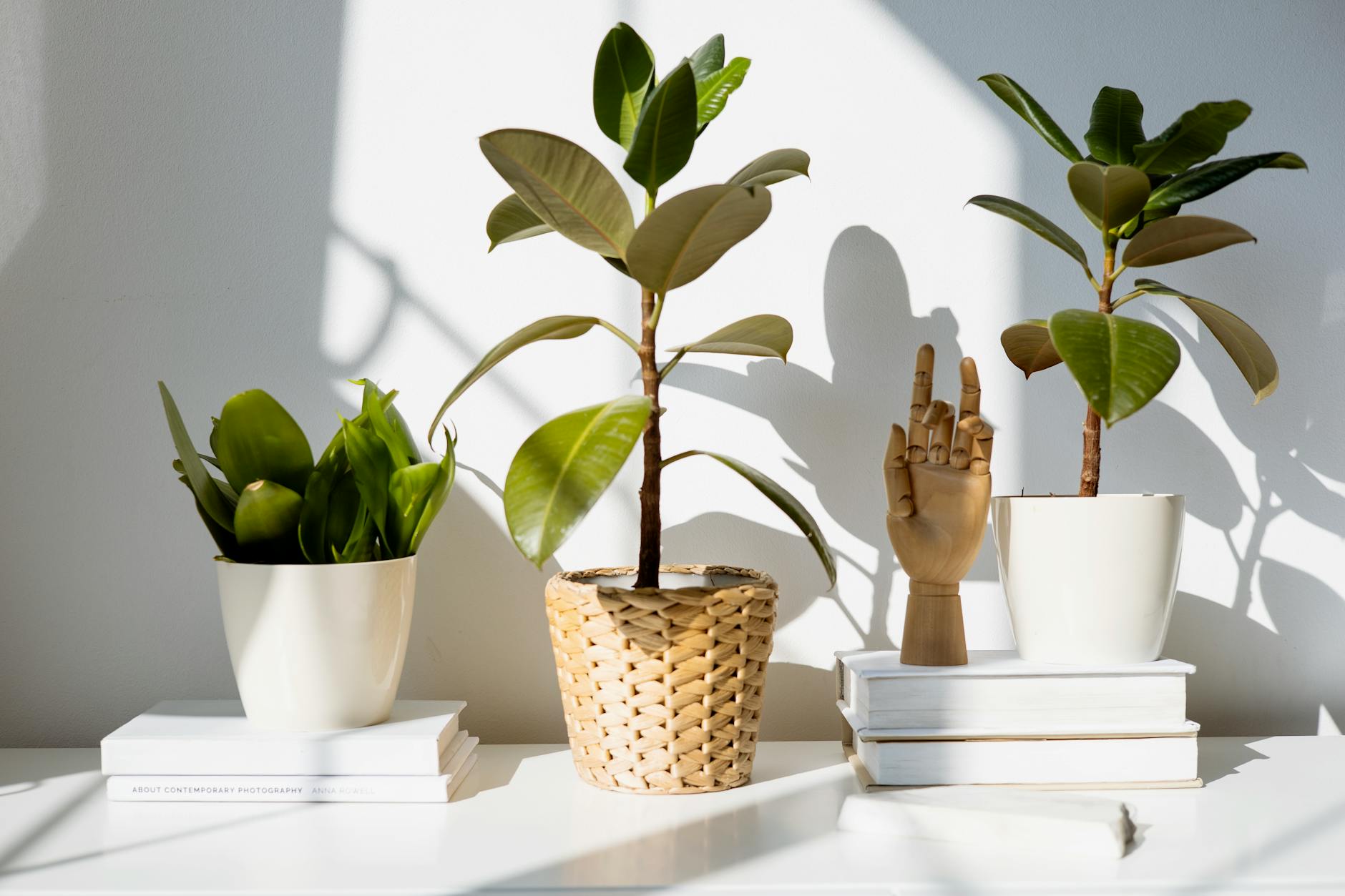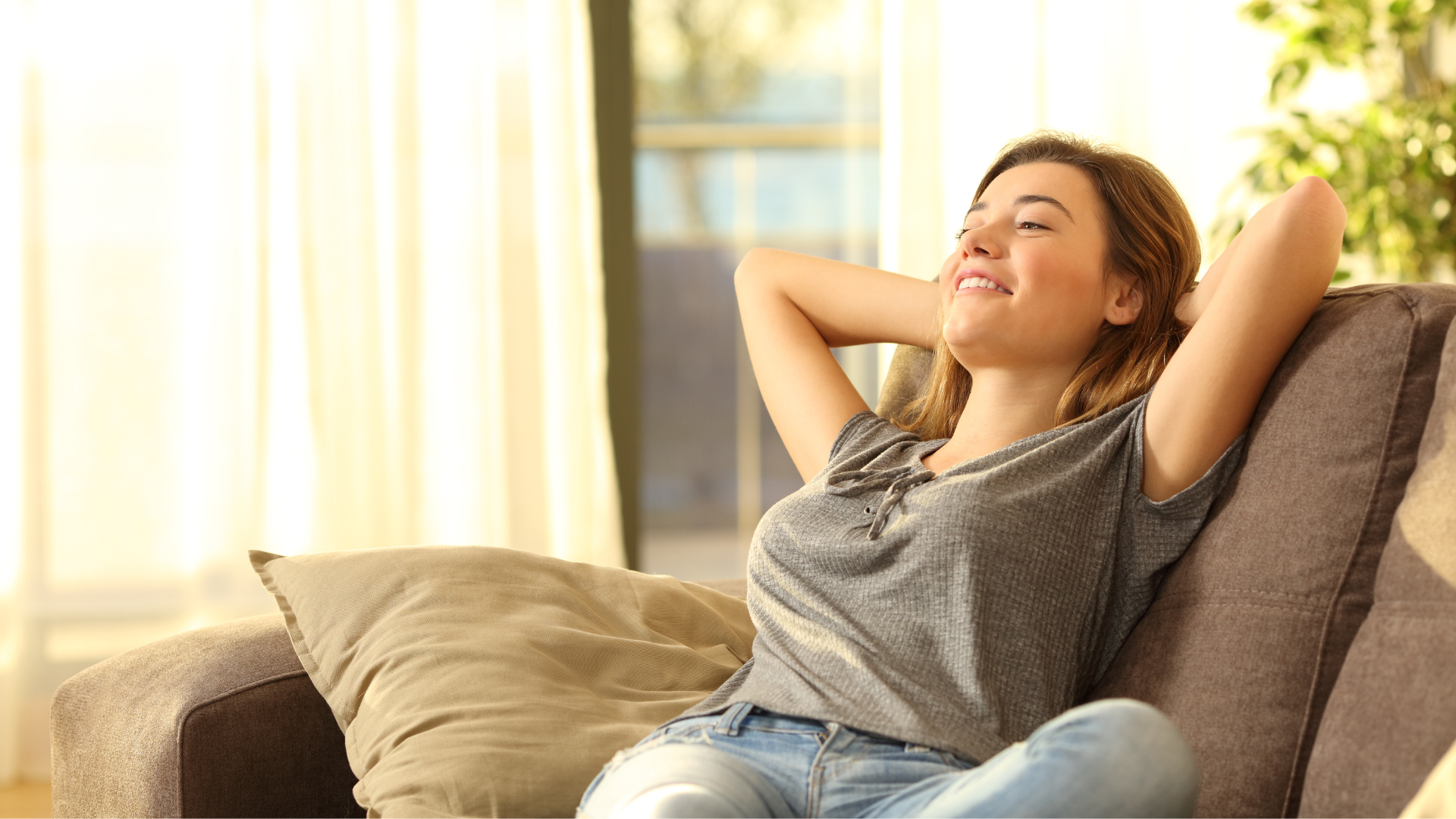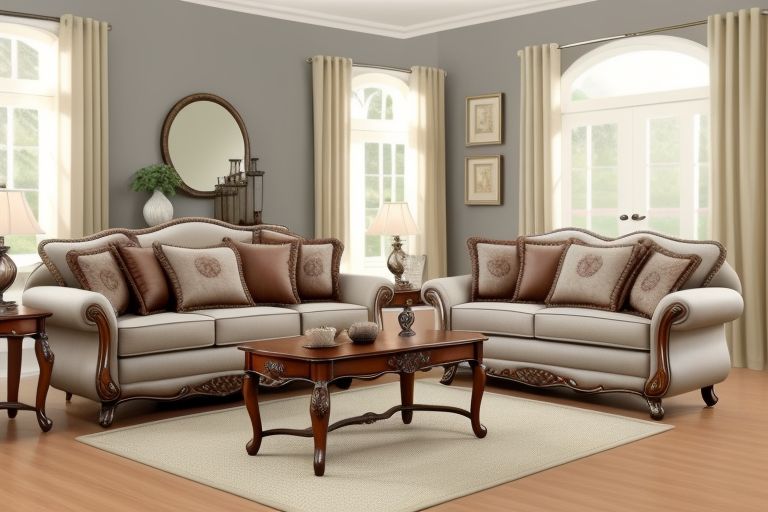Craving a deeper connection with nature? You’re not alone. In our increasingly digital world, the desire to bring the outdoors in has never been stronger. Enter biophilic design – a revolutionary approach that seamlessly blends nature with our built environments.
🌿🏠 Biophilic design not only enhances aesthetics but also promotes well-being, reduces stress, and boosts productivity. This year, we’re witnessing a surge in innovative trends that are transforming homes and workplaces into vibrant, nature-inspired sanctuaries.

Embracing Nature-Inspired Textures
Organic Materials in Furniture Design
Manufacturers are increasingly incorporating raw wood, stone, and bamboo into their pieces, creating a tactile connection to nature. These materials not only add visual interest but also provide a sensory experience that connects users to the natural world.
Textured Wall Treatments for Sensory Appeal
From 3D wood panels to stone veneers, these surfaces add depth and character to interior spaces. Natural textures stimulate the senses and create a calming atmosphere, reminiscent of outdoor environments.
Natural Fiber Rugs and Textiles
Materials such as jute, sisal, and wool are being used to create floor coverings and soft furnishings that add warmth and tactile appeal to spaces.
| Material | Texture | Benefits |
|---|---|---|
| Wood | Grainy | Warmth, durability |
| Stone | Rough | Timeless, grounding |
| Jute | Coarse | Eco-friendly, rustic |
| Wool | Soft | Insulating, cozy |
By incorporating these natural textures, designers are creating spaces that not only look beautiful but also feel connected to the natural world. This trend towards organic materials and textures reflects a growing desire for interiors that promote well-being and environmental consciousness.

Living Walls and Vertical Gardens
Space-efficient greenery solutions
Living walls and vertical gardens offer innovative solutions for incorporating greenery into limited spaces. These vertical installations maximize the use of wall space, transforming bare surfaces into lush, vibrant ecosystems. By utilizing vertical real estate, designers can introduce substantial plant life without sacrificing valuable floor area, making them ideal for urban environments and compact interiors.
Air-purifying plant selection
When designing living walls, selecting plants with air-purifying properties is crucial. These plants not only enhance aesthetics but also improve indoor air quality by filtering pollutants and releasing oxygen. Here’s a comparison of some popular air-purifying plants for vertical gardens:
| Plant Name | Air-Purifying Ability | Light Requirements | Maintenance Level |
|---|---|---|---|
| Snake Plant | High | Low to Moderate | Low |
| Spider Plant | Moderate | Moderate | Low |
| Peace Lily | High | Low to Moderate | Moderate |
| English Ivy | High | Moderate | Moderate |
Maintenance-friendly vertical garden systems
Modern vertical garden systems are designed with ease of maintenance in mind. Automated irrigation systems, modular planting panels, and remote monitoring capabilities simplify upkeep. These advanced systems ensure proper watering, nutrition, and care for plants, reducing the time and effort required for maintenance.
Integrating lighting for dramatic effect
Incorporating lighting into living walls adds depth and drama to the installation. LED grow lights can be strategically placed to highlight specific plants or create a dynamic ambiance. This integration not only enhances the visual appeal but also supports plant growth in low-light areas, extending the possibilities for vertical garden placement within interior spaces.

Biomorphic Forms and Patterns
Biomorphic forms and patterns are emerging as a key trend in biophilic design, bringing the organic shapes of nature into interior spaces. This approach creates a harmonious environment that resonates with our innate connection to the natural world.
Nature-inspired furniture shapes
Furniture designers are increasingly embracing fluid, organic forms that mimic natural elements. Curved sofas, asymmetrical coffee tables, and sculptural chairs reminiscent of river stones or tree branches are becoming popular choices. These pieces not only serve functional purposes but also act as artistic focal points, enhancing the overall aesthetic of a space.
Organic patterns in wallpapers and fabrics
Incorporating organic patterns into wallpapers and fabrics is an effective way to infuse biomorphic elements into interiors. From leaf veins to honeycomb structures, these nature-inspired patterns create visual interest and depth. Designers are utilizing both bold and subtle organic motifs to suit various style preferences.
Curved architectural elements
Architecture is also embracing biomorphic forms, with curved walls, arched doorways, and rounded corners becoming increasingly prevalent. These soft, flowing lines create a sense of movement and fluidity within a space, echoing the natural world’s absence of harsh angles.
| Biomorphic Element | Examples | Benefits |
|---|---|---|
| Furniture Shapes | Curved sofas, asymmetrical tables | Visual interest, comfort |
| Organic Patterns | Leaf-inspired wallpapers, honeycomb fabrics | Depth, visual texture |
| Curved Architecture | Arched doorways, rounded corners | Flow, spatial harmony |
As we explore these biomorphic forms and patterns, it becomes clear that they offer more than just aesthetic appeal. They create spaces that feel more natural, comfortable, and harmonious, contributing to overall well-being and connecting occupants with the essence of nature.

Natural Light Optimization
Natural light optimization is a crucial aspect of biophilic design, enhancing both the aesthetics and well-being of occupants. This trend focuses on maximizing daylight exposure while maintaining energy efficiency and comfort.
Expansive Windows and Skylights
Large windows and strategically placed skylights are at the forefront of natural light optimization. These architectural elements not only flood interiors with sunlight but also create a seamless connection with the outdoors. Designers are incorporating floor-to-ceiling windows and expansive glass facades to blur the lines between indoor and outdoor spaces.
Light-Filtering Solutions for Privacy
While maximizing natural light is essential, maintaining privacy is equally important. Innovative light-filtering solutions, such as translucent fabrics, frosted glass, and adjustable louvers, allow occupants to control light levels and privacy without sacrificing the benefits of natural illumination.
Smart Glass Technology for Adaptable Spaces
Smart glass technology is revolutionizing the way we manage natural light in buildings. This advanced solution allows glass to change from transparent to opaque at the touch of a button, offering unprecedented control over light levels and privacy.
Circadian Lighting Systems
Circadian lighting systems complement natural light by mimicking the changing color temperature of daylight throughout the day. These systems support the body’s natural rhythm, enhancing productivity and well-being.
| Feature | Benefits | Considerations |
|---|---|---|
| Expansive Windows | Increased natural light, outdoor connection | Heat gain, privacy concerns |
| Light-Filtering Solutions | Privacy control, glare reduction | Potential reduction in light transmission |
| Smart Glass | Adaptable privacy and light control | Higher initial cost |
| Circadian Lighting | Supports natural body rhythm, enhances well-being | Integration with natural light sources |
As we explore these natural light optimization techniques, it’s clear that they not only enhance the aesthetic appeal of spaces but also contribute significantly to occupant health and well-being.

Water Features for Sensory Experience
As we delve into the final biophilic design trend, we explore the captivating world of water features and their sensory benefits. Water elements not only add visual interest but also engage multiple senses, creating a truly immersive natural experience within interior spaces.
Indoor Fountains and Water Walls
Indoor fountains and water walls serve as striking focal points, introducing the soothing sound of flowing water into living spaces. These features range from small tabletop fountains to grand, floor-to-ceiling water walls, offering options for various room sizes and design preferences.
Aquariums as Living Art
Aquariums bring a dynamic, living element to interiors, serving as both a natural spectacle and a calming presence. From sleek, modern designs to custom-built installations, aquariums offer a unique way to incorporate water and marine life into biophilic spaces.
Rain Curtains for Visual and Auditory Appeal
Rain curtains create a mesmerizing visual effect while providing a gentle, rainfall-like sound. These innovative features can be used as room dividers or decorative elements, adding a touch of natural drama to interior environments.
Water-Inspired Textures and Materials
| Material | Texture | Application |
|---|---|---|
| Glass tiles | Rippled | Backsplashes |
| Textured wallpaper | Wave-like | Accent walls |
| Ceramic | Pebble-inspired | Flooring |
| Fabric | Fluid patterns | Upholstery |
Incorporating water-inspired textures and materials allows designers to evoke the essence of water without actual water features. These elements add depth and visual interest to surfaces throughout the space.
Humidity-Boosting Benefits for Indoor Environments
Water features contribute to improved indoor air quality by naturally increasing humidity levels. This can enhance comfort, reduce static electricity, and create a more pleasant atmosphere, especially in dry climates or during winter months.

Biophilic design continues to evolve, offering innovative ways to connect people with nature in built environments. This year’s trends showcase a diverse range of approaches, from tactile experiences with nature-inspired textures to the visual impact of living walls and vertical gardens. The incorporation of biomorphic forms and patterns further enhances the organic feel of spaces, while natural light optimization and water features engage multiple senses, creating a holistic experience.
Fact:
Studies have demonstrated that exposure to nature-inspired designs can improve focus, memory, and problem-solving abilities. This effect is particularly noticeable in workplaces and educational settings, where biophilic elements like indoor plants, natural light, and nature-inspired patterns can boost productivity and creativity.



